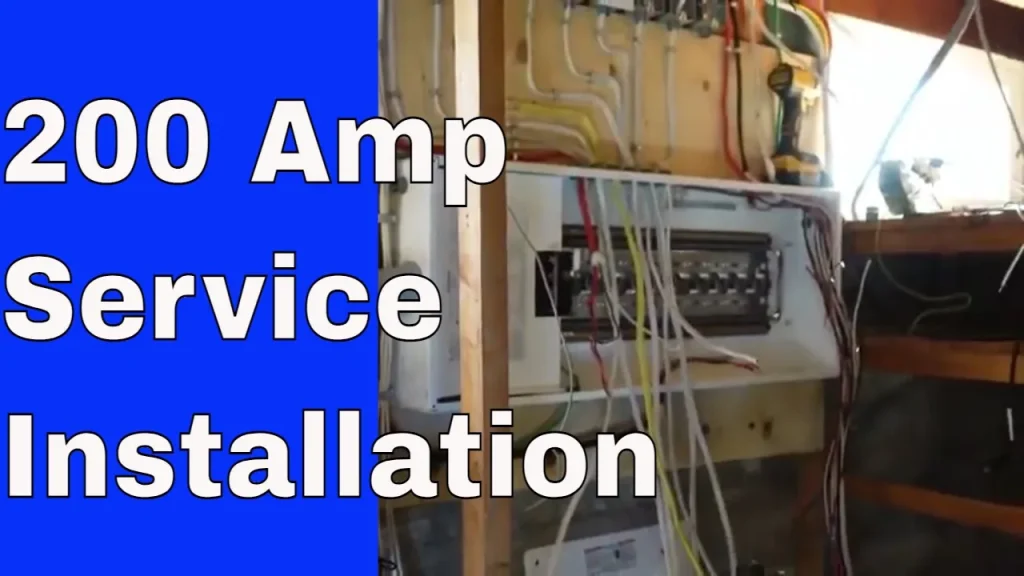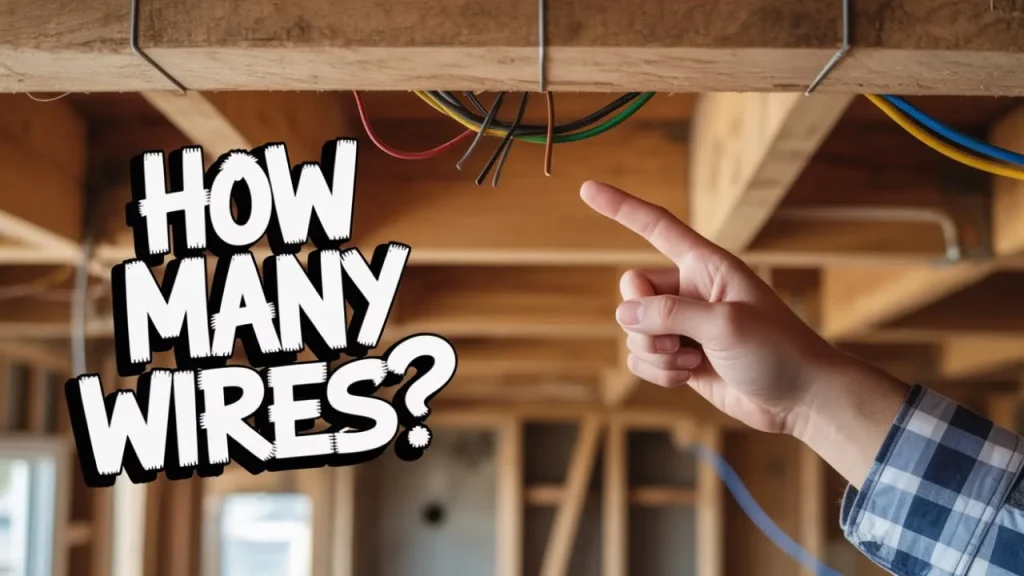Today we’re diving into a topic that every homeowner should be familiar with: DIY Electrical Panel Maintenance That Will SAVE You Money. We’ll cover two things:
Electrical Panel Maintenance: What Homeowners Can Do & When to Call a Pro
- What maintenance you can do yourself
- What to expect when you need to call an electrician
Let’s get into it.
Homeowner Panel Maintenance: What You Can Do
At least once or twice a year, you should take a few minutes to check your electrical panel. Here’s what you can safely do:
✅ Visual Inspection
- Open your panel door (without removing the cover) and look for any signs of burnt wires.
- Inspect the general condition—are there any scorch marks or discoloration?
✅ Temperature Check
- Gently place your hand on the outside of the panel or near the breakers.
- Use the back of your hand to check for heat. Breakers and panel wires should feel cool or at room temperature.
- If anything feels warm or hot, that’s a red flag—time to call an electrician.
When to Call an Electrician
If your inspection reveals a hot breaker, a burning smell, or anything unusual—or if a breaker is tripping repeatedly—it’s best to bring in a professional. Here’s what the electrician will do:
🔧 Step 1: Deeper Inspection
- They’ll check all the things you did—breaker temperatures, visible issues, etc.
- They’ll remove the panel cover, which should only be done by a licensed pro.
🔧 Step 2: Inside the Panel
With the cover off, the electrician will:
- Check each breaker for excess heat.
- Inspect the neutral bus for burnt wires or signs of loose connections.
- Tug on each wire to ensure they’re tight and properly secured under their breakers.
- Inspect the ground wires.
- Confirm each breaker is fully seated in the bus bar. Loose breakers are a common and dangerous issue.
What About Tripping Breakers?
If a breaker is tripping, it’s usually for a reason. Here’s what to do:
- Turn the breaker off completely.
- Try to reset it. If it feels spongy or doesn’t stay on, do not force it—call an electrician.
- Repeated tripping can indicate overloads, wiring issues, or faulty equipment.
Final Tips
Keeping an eye on your panel isn’t difficult, and it can prevent bigger problems down the road. Here’s what to remember:
- Do a visual and temperature check at least once a year.
- Never open the panel cover yourself—leave that to a licensed electrician.
- Warm wires or breakers, repeated tripping, or burnt smells are all signs you need to make that call.
If you found this helpful and want to learn more, check out the rest of our videos on the channel—or click the link above for tips on dealing with fuse panels.
Stay safe, and we’ll see you in the next one! Don’t Forget To Subscribe to the Channel.


